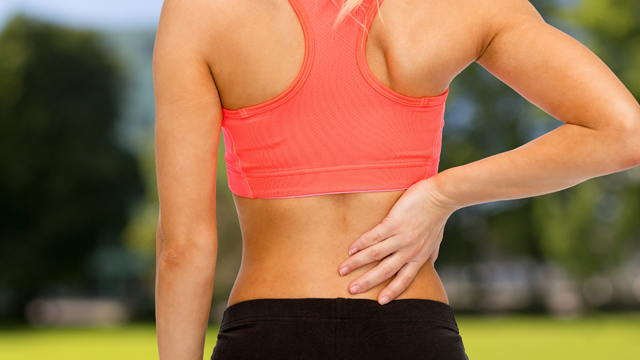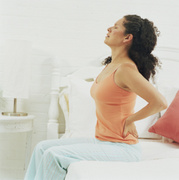The human spine is constantly put to work each day. It is expected to hold us up and maintain our stature. Nonetheless, there are certain conditions that affect our spine that do not allow for it to do its job effectively and on task. Included in the list of back ailments that can affect people, spinal stenosis is chief among them.
The human spine is constantly put to work each day. It is expected to hold us up and maintain our stature. Nonetheless, there are certain conditions that affect our spine that do not allow for it to do its job effectively and on task. Included in the list of back ailments that can affect people, spinal stenosis is chief among them.
Spinal stenosis happens when one or more areas in the spine are narrowed. Typically called “lumbar spinal stenosis,” nerves become pinched due to the narrowing of the spinal cord, resulting in persistent pain in the buttocks, lack of feeling in the lower extremities, limping, and decreased physical activity.
According to www.spinalstenosis.org, the most common type of this condition is degenerative stenosis. This affects practically the entire adult population due to the natural process of aging. Over time, the spinal canal tends to narrow. This narrowing causes a compression of spinal nerves and nerve roots, causing a host of symptoms, from lower back pain to lower extremity pain. This condition usually develops in people well into their 60s or older. Conversely, congenital lumbar stenosis is quite rare. This condition becomes evident much earlier on, usually between the ages of 30 and 40.
Interestingly enough, spinal stenosis is an enigma, as it can neither be predicted nor prevented. It can affect one regardless of sex, race, or ethnicity. There is no evidence, either, to suggest it is associated with a certain occupation or a particular body type.
When diagnosing a patient for spinal stenosis, the physician will most likely examine the extent of the patient’s limited movement, according to the spinal stenosis Web site. The doctor will further assess the amount of pain afflicting the patient when bending back wards. Finally, the loss of extremity reflexes will be examined. Numbness and weakness may affect the extremities.
Certain diagnostic tests may then be ordered by the attending physician to confirm the diagnosis, such as an MRI (magnetic resonance imaging), a CAT scan (computerized axial tomography), a myelogram, or a bone scan.
In treating spinal stenosis, two major options exist. When using a conservative approach, the patient will be prescribed a combination of rest, support devices, physical therapy, and pain medications. The conservative approach is generally indicated during the initial months after the diagnosis in anticipation the problem will be corrected so more invasive treatment plans can be avoided. Should the pain and associated discomfort not respond to the conservative approach, the doctor will discuss any surgical options with the patient. Surgery is usually only discussed if the doctor believes it can improve the quality of the patient’s life.
In using the conservative approach, anti-inflammatory drugs (ibuprofen, aspirin, naproxen sodium, or acetaminophen) are typically recommended for the patient. These medicinal approaches are given based on the idea that inflammation within the affected tissues is the primary cause of the pain the patient is experiencing.
If the patient begins any regimen of physical therapy, he or she will be introduced to a set of specific exercises, soft tissue manipulation, and other treatment options, such as hot and cold packs. The exercises serve to strengthen the abdominal muscles and promote the mobility of the lumbar paraspinal muscles. Other exercise options will aid in building up the abdominal and lumbar muscles. This will allow for a group of muscles to become stronger so that they may support the lumbar spine. The patient then increases his or her conditioning and has the ability to increase walking distance.
Sometimes the patient may be limited in activity. A brief period of bed rest, coupled with light activity and the use of a lumbar corset may be recommended. The theory behind the reduction in physical activity maintains that the inflamed area will settle down. This can or may result in temporary relief of the symptoms.
For more information on this condition, go to the spinal stenosis web site at www.spinalstenosis.org.






Add a CommentComments
There are no comments yet. Be the first one and get the conversation started!